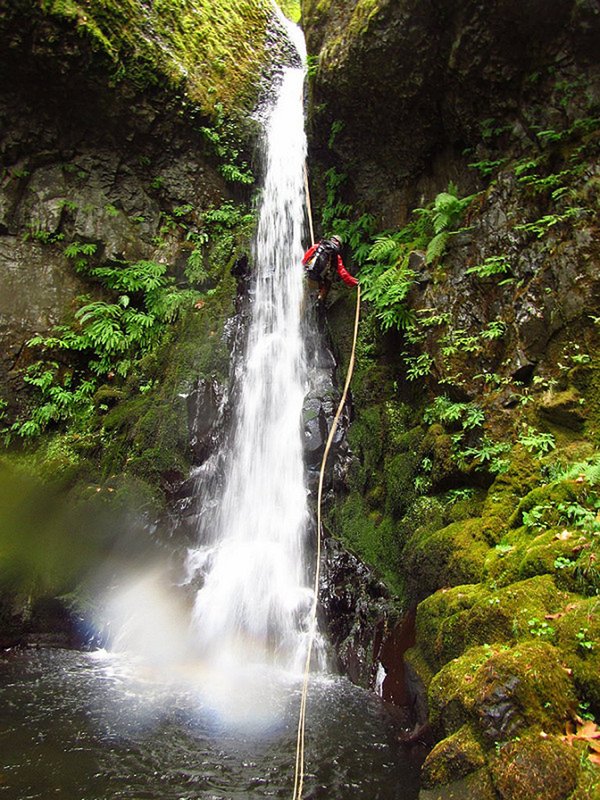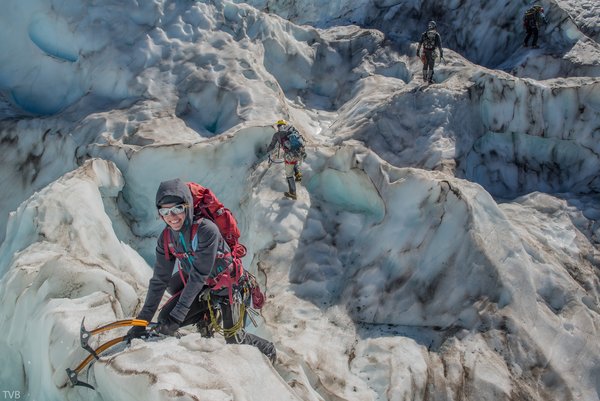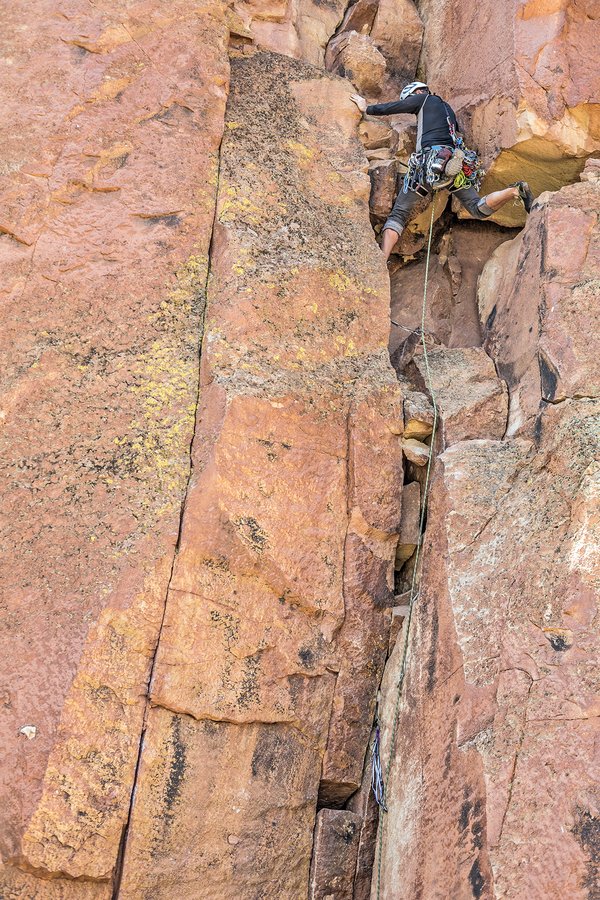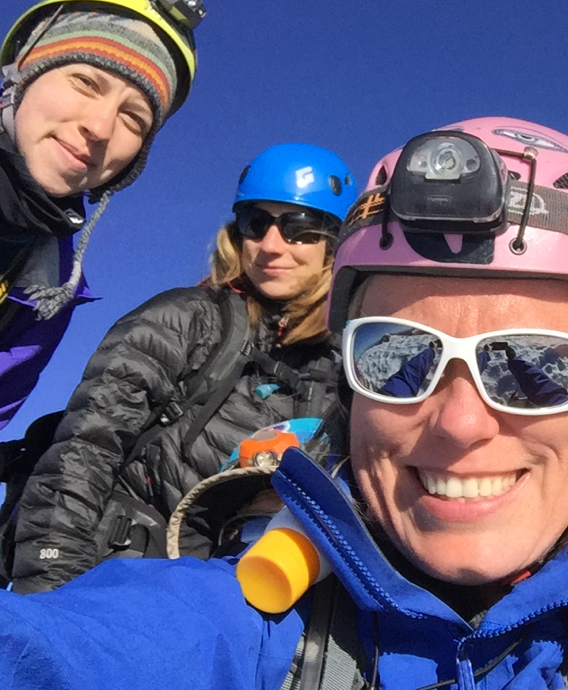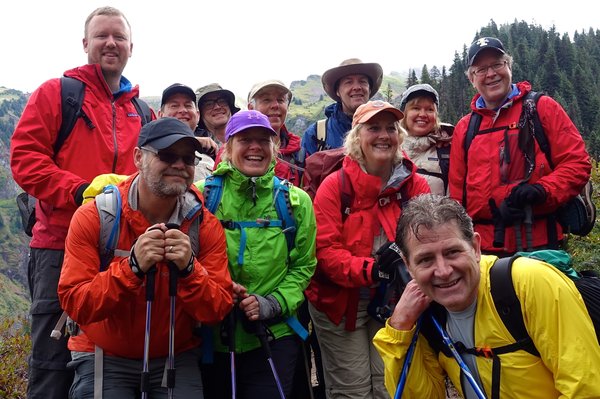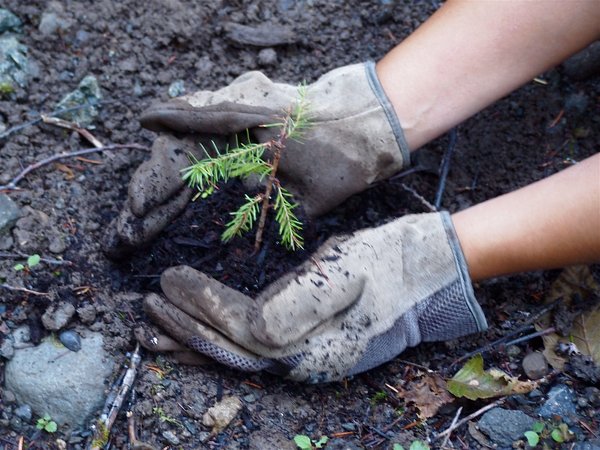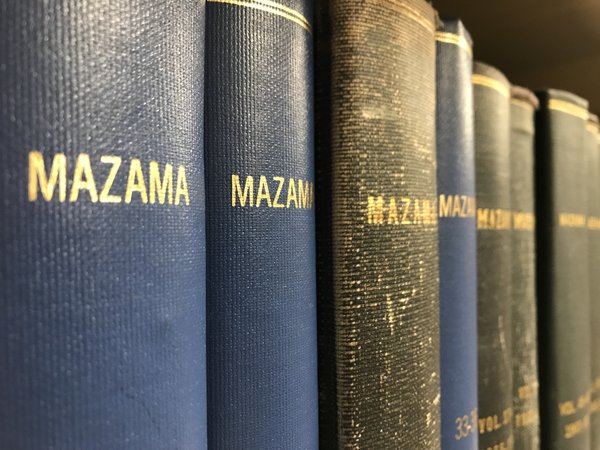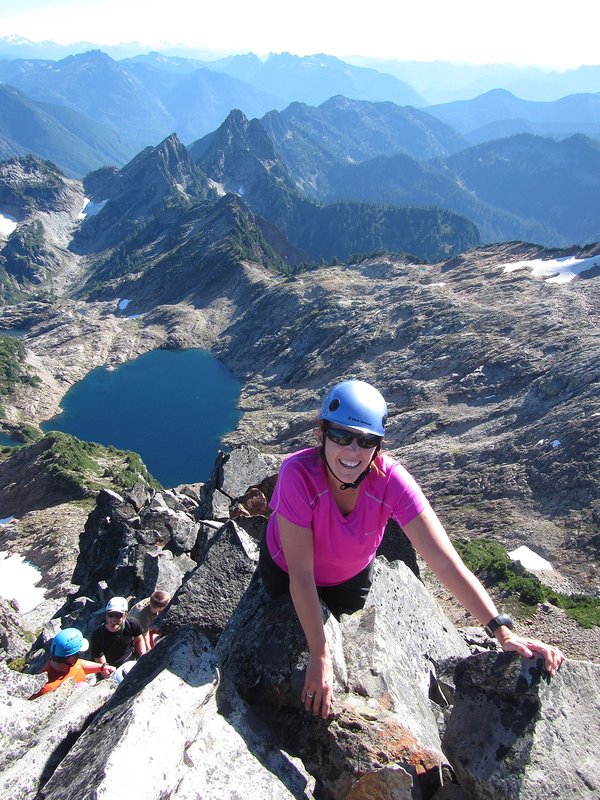| General Route Info |
Avy forecast and conditions: http://www.shastaavalanche.org/
Local climb shop: http://thefifthseason.com/
Summitpost - https://www.summitpost.org/hotlum-glacier/161508
Mt. Shasta is a dormant volcano that dominates northern California as the single most prominent landmark for hundreds of miles. The earliest eruptions in the Shasta area built the innocuous rise of Everett Hill, just south of Shasta approximately 500,000 years ago. Mt. Shasta started to form between 400,000 and 300,000 years ago -- a very short period of time in geologic history. Geologists have calculated Shasta’s most recent eruption as having occurred somewhere around 1786, but local Indian history targets the most recent eruption as having occurred in the early 1850s.
Like other Cascade volcanoes, Shasta’s eruptions have included spewing out gas, molten lava, semimolten rocks, cinders and ash. The products of the different eruptions cool to form different layers, or strata, of rock types, so Shasta is known as a stratovolcano. Today at least seven distinct glaciers flow down Mt. Shasta -- including California’s largest glacier.
On the lower portions of Mt. Shasta, up to 5500 feet or so, plants find hot, dry summers and cool, rainy winters. Most of these lower slopes are covered with chaparral, dominated by green leaf manzanita and tobacco brush, a ceanothus. Flowering herbs such as penstemons, gilia and the queen of Shasta’s flowers, the endangered Shasta lily are among the shrubs that also grow at this level. Above 5500 feet, cooler temperatures, heavier precipitation and greater distance from logging mills allow conifers to gradually dominant the landscape. Towering over the shrubs you see the long-needled branches of ponderosa pine, white fir and Douglas-fir. Above 6000 feet almost all precipiation comes as winter snows and here begins the domination of the Shasta red fir. This tree is closely related to red fir of the Sierra and to noble fir which grows mostly farther north in the Cascades. Above about 8000 feet red firs and other montane vegetation diminish rapidy. Here you come to timberline, where on the most ascetic trees live a tenuous existence facing bitter cold, biting winds, late lying snow and intense radiation. These, however, are ideal conditions for the whitebark pine.
The Modoc, the Wintun and the Shas-ti’ca tribes used the fertile slopes of Mt. Shasta to hunt and gather food. The Shas-ti’ca referred to the mountain as Wai-i’ka or Wyeka which means “Great White” or “Great Purity.” Many of the Shas-ti’ca passed on stories and legends dealt with the origin of Shasta’s glaciers and the origin of the small rounded hills that surround Shasta.
The first explorer to mention Mt. Shasta was Fray Narisco Duran. On May 20, 1817 on an expedition up the Sacramento River he wrote in his diary: “At about ten leagues to the northwest of this place, we saw a very high hill called by soldiers that went near its slope Jesus Maria. It is entirely covered with snow.”
A fur trader, named Peter Ogden, first mentioned a name similar to Shasta in his diary: “I have named this river Sastise River. There is a mountain equal in height to Mt. Hood or Vancouver, I have named it Mt. Sastise. I have given these names from the tribes of Indians.” Other explorers/fur traders/soldiers came through the area and referred to the mountain by the name used by the locals at the time. Lieutenant Robert S. Williamson, for whom Mt. Williamson is named, while surveying a route from the Columbia River to the Sacramento Valley, referred to the mountain as “Shasta Butte.” The name of Shasta Butte was used most commonly during much of the early exploration of the mountain.
Often the first ascents were made by Indians living in the local areas, but many of the Indians believed that the mountain was a sacred place where God resided and therefore it was disrespectful, even foolish, to climb to the summit. The first recorded ascent was made on August 14, 1854 by Captain E. D. Pearce, superintendent of the Yreka Water Company’s sawmills and eight other men. The party climbed what is now known as Avalanche Gulch and upon summiting “... unfurled the Stars and Stripes, and raised the standard to its long rest-place, amid the deafening cheers of the little multitude.” |

